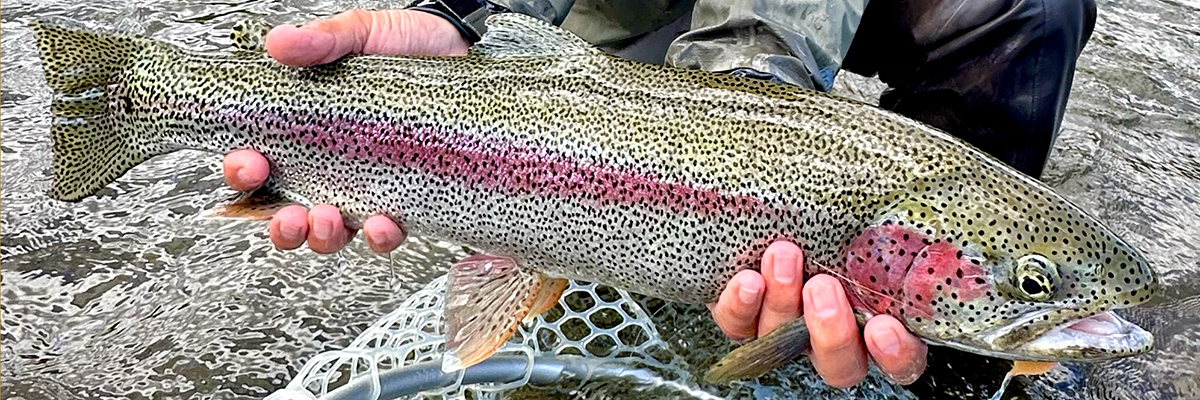- ata-rainbow.jpg
Alagnak River, AK Leopard Rainbow: Spots available! Join me June 22- 29th 2025!
- mr-hankey.jpg
Mouse flies, Alagnak River, AK
- 24-striper-5378.jpg
L.I. Sound Striped Bass 2024
- 4_30_br1.jpg
Farmington brown at dark
- gacka-bow.jpg
Gacka River rainbow
- armstrong-br-0342.jpg
Armstrong Creek brown
- armstrong-0336.jpg
Armstrong Creek in late summer
- eric-P5180098.jpg
Pennsylvania wild brown
- eb-0298.jpg
East Branch Delaware River
- gd_0035.jpg
Eastern green drake
- drakes-0286.jpg
Green drake imitations
- grayling-.jpg
European grayling
- halfords_brown.jpg
Farmington brown
- JF_brookie-conn.jpg
Connetquot River brookie
- jf-brookie-hor-124.jpg
Minipi Labrador brookie
- jf-hen-archers-hor-010.jpg
Oak Orchard Creek steelhead
- alan_fish_cu_vert.jpg
Striped bass release
- alan_hor.jpg
Nantucket striped bass
- humboldt-130436.jpg
"Humboldt squid" for stripers
- jf-scott-pike-hor-121.jpg
Scott Lake pike
- jf-seth-green-011.jpg
Genesee River steelhead
- lab-brookie-hor-114.jpg
Minipi River brookie
- tarpon-med-043.jpg
Lower Keys tarpon with Bruce Chard
- lab-jf-brookie-hor-116.jpg
Minipi River bookie
- lab-sunset-118.jpg
Labrador sunset
- larry-g-bear-iceberg-016.jpg
Great Bear Lake in Summer
- madison-mouth-jacklin.jpg
Bob Jacklin at mouth of the Madison
- henrys-fork-0951.jpg
The Henry's Fork of the Snake River
- marquesas-58.jpg
Surprise bonefish at Marquesas
- perm-rel-bbb-149.jpg
JF releases a well earned Marquesas permit
- nueltin-laker-unknown-037.jpg
Nueltin Lake lake trout
- paul-gray-fin1.jpg
Paul Arden and a sundown grayling
- ribnik_br_cu1.jpg
Ribnik brown
- steel-oak1.jpg
Oak Orchard steelhead
- sulpher_0031.jpg
Small sulpher on East Branch Delaware River
About John Field

Presentations & Fly-Casting Demos
John gives group and private fly-casting lessons. He also gives casting demonstrations and presentations at clubs and shows. Contact John for club programs. See John's Schedule
Writing
His first casting book is titled, Fly-Casting Finesse- A Complete Guide to Improving All Aspects of Your Casting, Skyhorse Publishing, 2015. In 2018 he wrote his second book; a beginner's casting book authorized by the American Casting Association as a prequel to his advanced casting book. It is titled, ACA's Beginner's Guide to Fly Casting- Featuring the Twelve Casts You Need to Know, Skyhorse Publishing, 2018.
In 2024 Stackpole Books published John's latest book titled, Fly Fishing for Trophy Striped Bass. John’s feature articles have been published in Fly Fisherman Magazine, Tail Fly Fishing, Midcurrent, and several others.
Travel
John has decades of experience flats fishing the Florida Keys and striped bass fishing in the Northeast. John has fished for trout extensively in the northeast, Canada, Europe, and the Rockies, and warmwater species in the Amazonas. He has spent extensive time exploring the waters of the Northwest Territories in Canada with Canadian Sportfishing Magazine, and Venezuela and elsewhere while working for Larry Dahlberg Productions. John filmed and co-produced Hunt for Big Fish, which aired on ESPN and other cable networks. Join him on hosted trips to great fishing lodges in prime locations. John currently resides in Weston, Connecticut.
Volunteering
He is past-president of the New York City Chapter of Trout Unlimited and past president of the American Casting Association. John is an FFI (Fly Fishers International) Certified Master Casting Instructor and in 2019 received the FFI Jay Gammel Award. This award recognizes individuals who have developed instructional materials that have advanced fly-casting instruction.
Consider Supporting These Organizations:
AMERICAN SALTWATER GUIDES ASSOCIATION
The American Saltwater Guides Association was created to activate and unite guides, small business owners and like-minded anglers, and to represent them and their voice at the federal, regional and state level.
STRIPERS FOREVER
Stripers Forever, a non-profit conservation organization, seeks game fish status for wild striped bass on the Atlantic Coast in order to significantly reduce striper mortality, to provide optimum and sustainable public fishing opportunities for anglers from Maine to North Carolina, and to secure the greatest socio-economic value possible from the fishery.
BONEFISH TARPON TRUST
Mission: To conserve and restore bonefish, tarpon and permit fisheries and habitats through research, stewardship, education and advocacy.
THE HENRY'S FORK FOUNDATION
The Henry's Fork Foundation is the only organization whose sole purpose is to conserve, protect, and restore the unique fisheries, wildlife, and aesthetic qualities of the Henry's Fork and its watershed.
TROUT UNLIMITED
Trout Unlimited's mission is to conserve, protect and restore North America’s coldwater fisheries and their watersheds.

